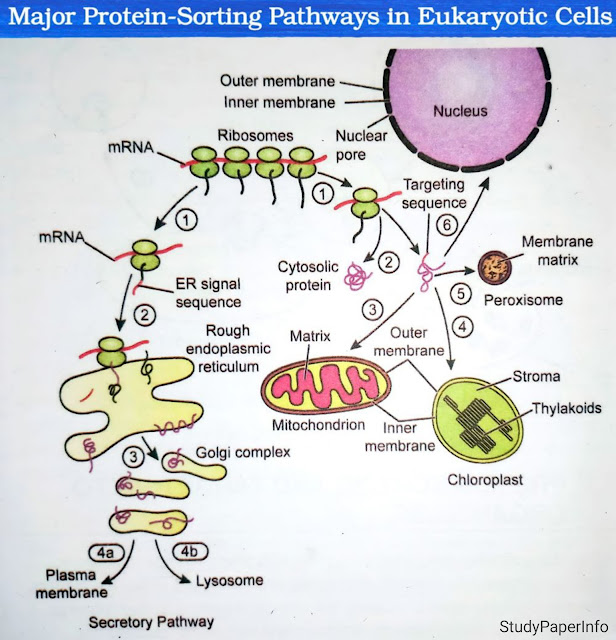What neurological condition is caused by inhibiting GABA?
When GABA is inhibited in the brain, it leads to a neurological condition called epilepsy. This happens because GABA normally controls brain activity by stopping too much nerve signalling. When GABA is not working properly, the brain loses its balance and nerve cells start becoming overactive. This overactivity can lead to seizures, which is the main feature of epilepsy. Seizures are sudden, uncontrolled electrical disturbances in the brain that can cause changes in behavior, movements, feelings, or consciousness. They may last from a few seconds to minutes and can be caused by epilepsy, fever, head injury, or other neurological conditions. Seizures vary in type and severity. Step-by-Step Explanation: How GABA Inhibition Leads to Epilepsy To understand how epilepsy is caused by inhibiting GABA, we can break the process into simple steps. These steps explain what GABA normally does, what changes happen when it is blocked and how those changes result in...









